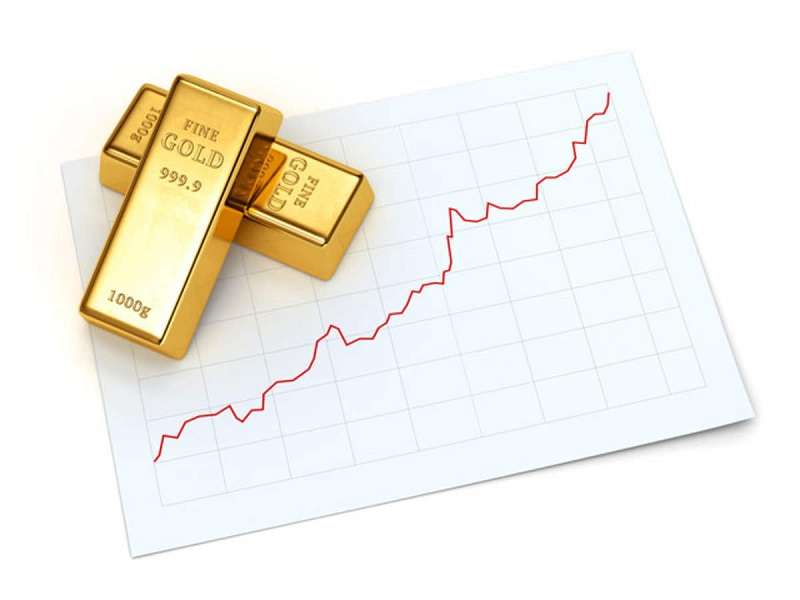Gold prices have experienced significant volatility in October, marking the first monthly rise in three months. The precious metal has seen a gain of approximately 7.5% during this period, reflecting the increasing geopolitical tensions in the Middle East, as reported by Al-Rai Daily.
Despite these gains, gold is currently facing challenges in surpassing the psychologically significant level of $2,000 per ounce. The outlook for gold prices in 2023 remains uncertain, as the metal reached a record high in the first half of the year, only to experience a subsequent significant retreat.
Every attempt to push the price above $2,050 per ounce has been met with a sharp sell-off and subsequent deep correction. With a record high already achieved, investors are now questioning whether gold prices will fall in the coming days or continue to rise.
The current position of gold is considered risky, with a potential risk of prices falling below $1,900 per ounce due to the strength of the US dollar. As a result, trading price forecasts vary widely among analysts and strategists, each having their own perspectives on the influencing factors.
Geopolitical tensions in the Middle East have been a significant driving force behind the recent surge in gold prices. These tensions can arise from various factors, such as political conflicts, economic uncertainties, or even natural disasters. Investors often turn to gold as a safe-haven asset during times of geopolitical instability, as it is considered a reliable store of value.
The Middle East region, known for its political complexities and ongoing conflicts, has a long history of influencing global markets, including the gold market. Any developments in this region can have a profound impact on investor sentiment and subsequently on gold prices.
However, it is important to note that gold prices are influenced by a multitude of factors, both global and domestic. Apart from geopolitical tensions, other factors such as interest rates, inflation, currency fluctuations, and market sentiment also play a significant role in determining the direction of gold prices.
The strength of the US dollar, in particular, has a considerable impact on gold prices. As the US dollar strengthens, gold prices tend to weaken, and vice versa. This inverse relationship is due to the fact that gold is priced in US dollars, making it more expensive for buyers using other currencies when the dollar is strong.
Additionally, investor sentiment and market speculation also contribute to the volatility in gold prices. The demand for gold can fluctuate based on investors’ expectations of future economic conditions, as well as their confidence in other investment options.
Given the current uncertainties surrounding gold prices, it is crucial for investors to carefully analyze the various factors influencing the market. Consulting with financial advisors and staying informed about global events and economic indicators can help investors make more informed decisions.
While gold has historically been viewed as a safe-haven asset, it is important to remember that no investment is without risk. Diversifying one’s investment portfolio and considering individual financial goals and risk tolerance are essential in navigating the volatile nature of the gold market.
In conclusion, gold prices have been experiencing volatility in recent months, driven by geopolitical tensions in the Middle East. However, the outlook for gold prices remains uncertain, as various factors such as the strength of the US dollar and market sentiment continue to influence its trajectory. Investors should stay informed and seek professional advice to make well-informed investment decisions in this ever-changing market.
Source: Gold prices experience volatility amid geopolitical tensions in the Middle East







